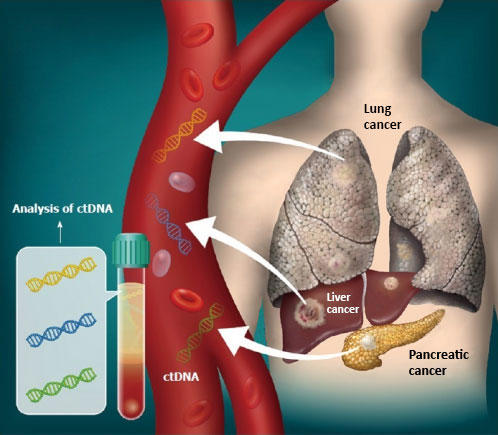A team of scientists has, for the first time, identified landfalls of tropical cyclones (TCs) in Japan for the period from 1877 to 2019; this knowledge will help prepare for future TC disasters.

Hurricane Isabel, a tropical cyclone that occured 2003, as seen from the International Space Station (Ed Lu, ISS/NASA).
In recent years strong TCs have been making landfalls in Japan, such as Typhoon Jebi in 2018, which severely hit the Kinki region, and Typhoon Hagibis in 2019, which severely hit eastern Japan. While Japan has suffered from a number of TC impacts throughout its history, meteorological data for these events has been sparse.
The team, including Specially Appointed Associate Professor Hisayuki Kubota of the Faculty of Science, Hokkaido University, investigated TC activity over the western North Pacific and TC landfalls in Japan by analyzing a combination of TC tracking and meteorological data observed at weather stations and lighthouses, including rescued and recovered historical observations.
The team has collected and recovered TC track and landfall data and meteorological observations in the mid-19th century and later through an approach that rescues, collects and digitizes weather data across the world that has been stored away and often forgotten. To give the data useful consistency, the team developed a new, unified definition for TCs, based on minimum pressure.

Photo of a weather map when a typhoon hit Japan on 30 August 1896. Now archived in the Taiwan Central Weather Bureau (Photo: Hisayuki Kubota).
According to their analysis, TC landfall locations tend to shift to the northeast and then southwest regions of Japan at roughly 100-year intervals. The analysis also shows that annual TC landfall numbers and their intensities have been increasing in recent years, while noting that these increases may be part of an oscillated fluctuation operating on interdecadal time scales.
The landfall numbers were relatively small in the late 20th century, and larger at other times. The Tohoku and Hokkaido regions, which experienced small numbers of TC landfalls in the late 20th century, may experience more landfalls in the future.

Annual TC landfall numbers in Japan from 1877 to 2019 (bars). The thick blue line is 11-year running means and the thin blue line indicates an average of 3.09 TC landfalls a year. (Hisayuki Kubota, et al. Climatic Change. February 5, 2021).
Japan's first official meteorological observation was conducted in Hakodate, Hokkaido, in 1872. There is very little earlier meteorological data obtained by meteorological instruments at terrestrial stations, which makes it difficult to perform long-term meteorological variability analyses. In a new approach, the team focused on foreign ship log weather records from the mid-19th century made with meteorological instruments on vessels sailing through East- and Southeast Asian waters.
The team used records from the US Navy expedition fleet to Japan led by Commodore Matthew C. Perry and from British Navy ships that also sailed to Japan to accurately identify the track of a TC moving over the ocean around the Okinawa Islands from 21 to 25 July 1853, and the track of a TC moving north over the East China Sea from 15 to 16 August 1863.

Estimated TC track during 15-16 August 1863 (red dashed arrow), based on weather records from the logs British Navy ships that participated in the Bombardment of Kagoshima (Hisayuki Kubota, et al. Climatic Change. February 5, 2021).
The results of the study show for the first time the usefulness of such marine data in identifying weather patterns after the mid-19th century in Asia, where there is much less meteorological data for that time period compared with Western countries. "It is projected that stronger TCs will hit Japan in the future due to global warming. The long-term data from our research is indispensable for knowing the variabilities of TC activities in the past and to prepare for future TCs," says Hisayuki Kubota.
Original Article:
Hisayuki Kubota, et al. Tropical cyclones over the western north Pacific since the mid-19th century. Climatic Change. February 5, 2021
DOI: 10.1007/s10584-021-02984-7
Funding:
This research was supported by Grants-in-Aid for Scientific Research (25282085, 15KK0030, 18H05307, 20240075, 23240122, 26220202, 19H00562, 16H03116, 18H01278) and by the Young Scientific Research (21684028) of the MEXT; the UK
Newton Fund, which is managed by the UK Department for Business, Energy and Industrial Strategy (BEIS), under its CSSP China and WCSSP South Africa projects; and the EU Copernicus C3S Data Rescue Service.






